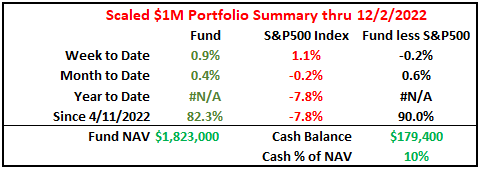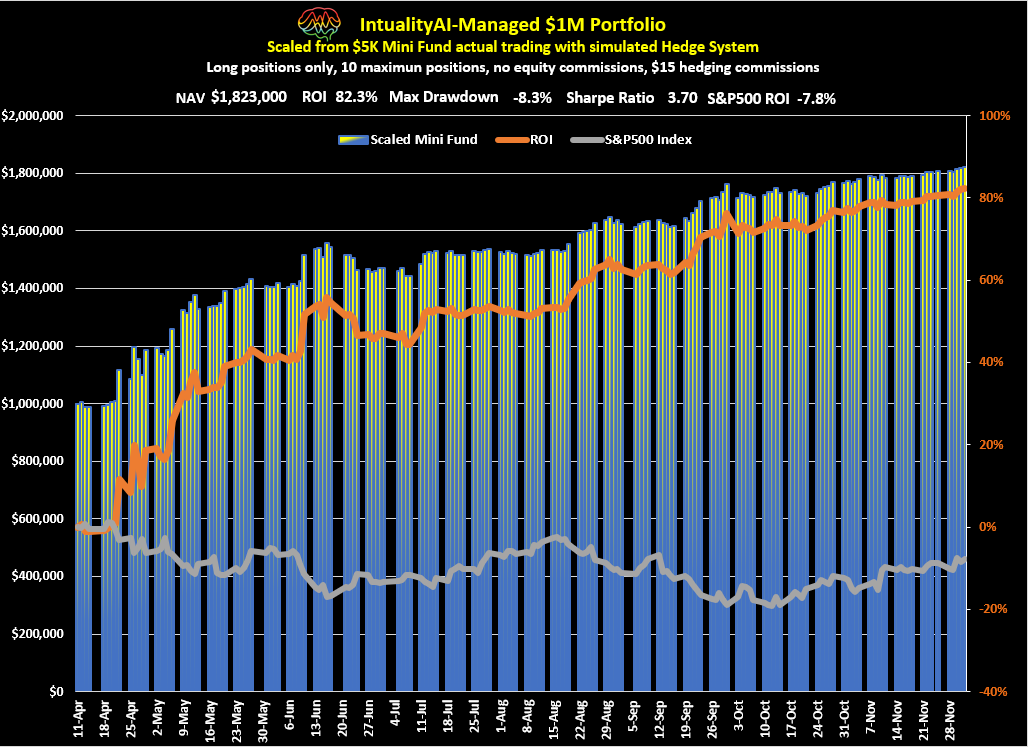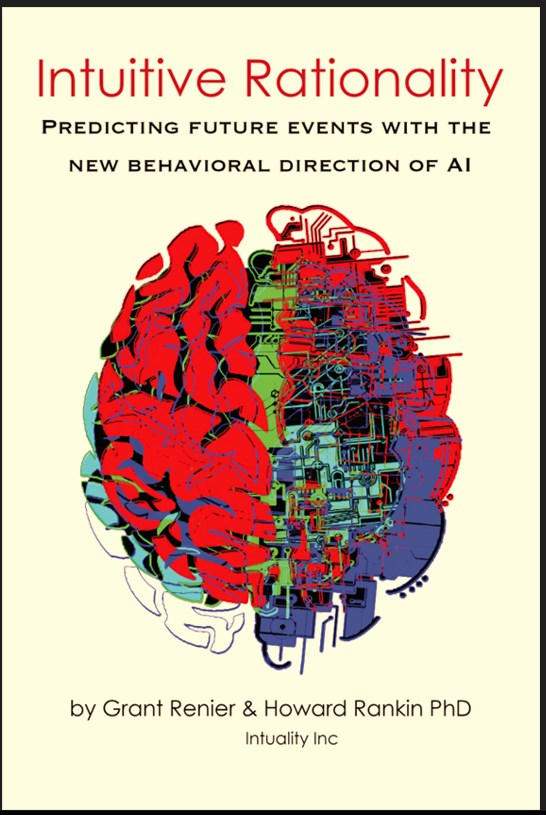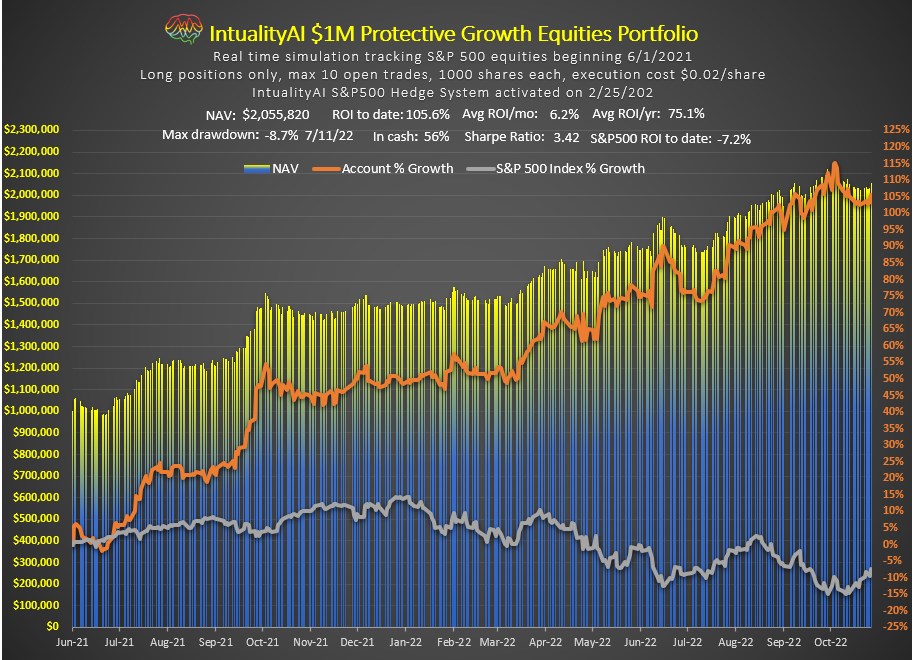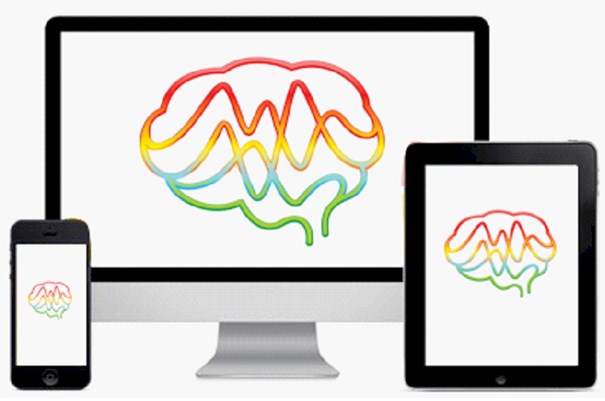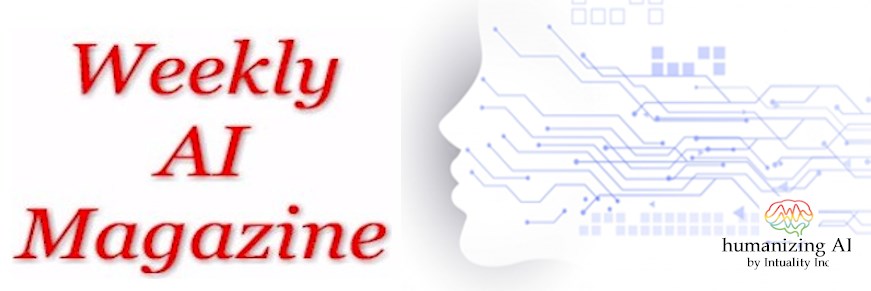
December 2, 2022
We can seek and see symmetry in many forms, by Howard Rankin
Intuition and its struggle for symmetry, by Michael Hentschel
Raw data collected from our real world has embedded asymmetry, by Grant Renier
The actual trading of the scaled $5K Mini Fund continues its exceptional performance with a very high Sharpe Ratio of 3.70
We can seek and see symmetry in many forms
Human beings like to feel in control. Presumably other animals do, too, as survival seems to be the primary function of all life, or at least all life that has survived to this point. Control gives us a degree of comfort and many cognitive biases do just that, give us emotional comfort at the expense of true understanding. Given the control imperative, anything that allows us to seemingly make sense of the world will likely be overvalued.
The concept of symmetry is therefore very appealing. If the world is symmetrical it is much more predictable. If there is no symmetry, then it is more unpredictable and chaotic. No surprise then, that human beings are always looking for patterns that are clues to true understanding and a sense of control.
What does Sherlock think about all this? As a genius who generally gets things right, he must be really keyed into the power of symmetry.
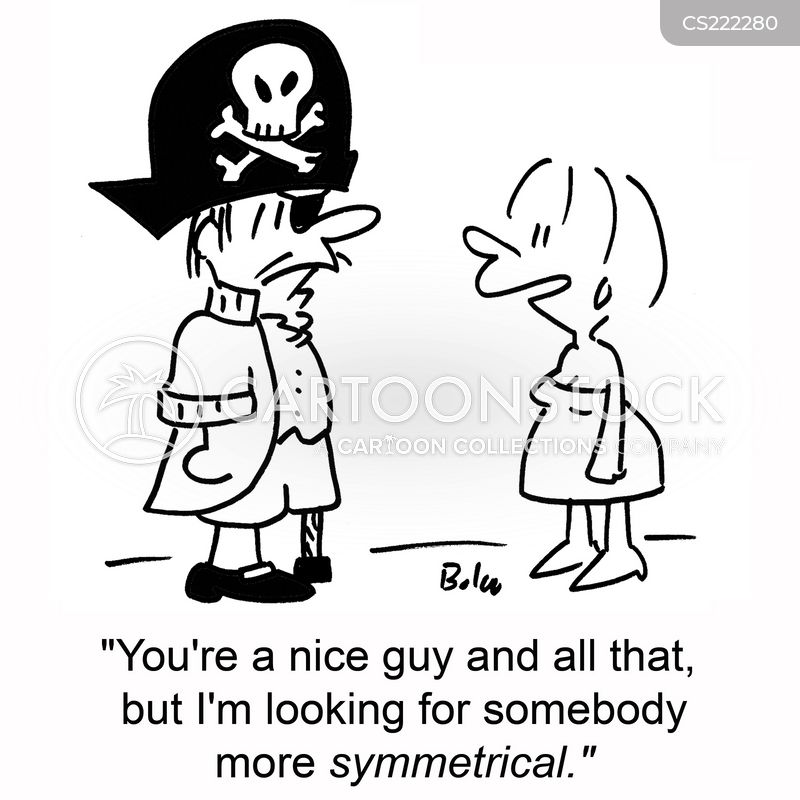
He must understand symmetry so well he can put the pieces together better than anyone else. So, what does Holmes think?
“Circumstantial evidence is a very tricky thing. It may seem to point very straight to one thing, but if you shift your own point of view a little bit, you may find it pointing in an equally uncompromising manner to something entirely different,” he says.
In other words, a belief in symmetry can mislead you.
In the Boscombe Valley Mystery, detective Lestrade expresses confidence that the arrest of Mr James McCarthy for the death of his father is an open and shut case. When Holmes questions Lestrade about his confidence in the arrest, Lestrade offers this new bit of information.
“On the inspector of constabulary informing him (James McCarthy) that he was a prisoner, he remarked that he was not surprised to hear it, and that it was no more than his deserts. This observation of his had the natural effect of removing any traces of doubt which might have remained in the coroner’s jury,” says Lestrade.
When Watson questioned whether it was an admission of guilt, Lestrade replied that McCarthy then protested his innocence.
“Coming on top of such a damning series of events, it was at least a most suspicious remark,” continued Lestrade, referring to the fact that James McCarthy had been seen in the area with a gun and standing over his dead father’s body.
“On the contrary,” said Holmes, “it is the brightest rift that I can see at present in the clouds. However innocent he might be, he could not be such an absolute imbecile as not to see the circumstances are very black against him. Had he appeared surprised at his own arrest, or feigned indignation at it, I should have looked upon it as highly suspicious, because such surprise or anger would not be natural under the circumstances, and yet might appear to the best policy to a scheming man. His frank acceptance of the situation marks him as either an innocent man, or else a man of considerable self-restraint and firmness.”
Lestrade was looking for symmetry and found it in the numerous clues that seemed to support each other: the accused’s presence at the site of the crime, onlookers seeing him with a gun and overhearing an argument with the deceased, and a seeming confession. But for Holmes, that wasn’t enough. He needed more data, not the seeming satisfaction of symmetry.
We can seek and see symmetry in many forms: in numbers, words, actions, and seemingly consistent events. However, we have to remember that we are programmed to accept seeming symmetry where none may exist.
by Howard Rankin PhD, psychology and cognitive neuroscience
Intuition and its struggle for symmetry
Rational Computers seek symmetries that match what the computer is taught to identify. Asymmetries appear meaningless and are often ignored. Humans also seek symmetry, but continually experience asymmetry. The human real world is imperfect, variable, probabilistic, and irrational. Human irrationality leads to chaotic probabilistic asymmetric futures, of which an AI must be made aware.
If we ask an AI to help us predict the future, we need to enhance AI awareness of asymmetry. Computer awareness (not to be confused with computer self-awareness) is a relatively small step where we tell an AI program to look for asymmetries as well as symmetries to explain the meanings within ever bigger data collections and wider data sources. That computer awareness includes an emerging picture of reality, composed of rational and irrational components which change over time.

Prediction is still a New Frontier for data sciences. The objective of less uncertainty and less risk collides with the desire for change. It’s hard enough for computers to understand reality as of a single moment, let alone comprehend the vectors of change to make predictions. Both humans and computers can perceive and recognize important symmetries and asymmetries that partially explain past reality. Since humans are not particularly sure themselves on how to reliably predict the future, teaching an AI these tricks seems a rather hopeless task of even more hopeless complexity. But there are quite a few things we have observed over the years.
Merely symmetrical recognition and repetition of past patterns is not enough to accurately predict futures. The aphorism that “not learning from our history dooms us to repeat it” illustrates that simple repetition does not satisfy us. Change is supposed to involve progress, i.e. improvement, in other words, positive change. But externally-imposed change and probabilities in future events go in both directions, involving both negative and positive events. In the real world, the fear of negative change splits human actors into cautious conservatives and activist problem solvers, when even stability is a hard future to assure. Maintaining our positives, and the hope for positive change (and benefitting thereby) is perhaps the driving force of information management.
Humanized AI is widening computer recognition beyond symmetrical patterns. The typical investor disclosure that 'past success is not proof that it will continue' is a good summary that mere analysis of past trends does not create sufficient predictions, whether in money management or climate forecasting, or anything else. IntualityAI increases the breadth of data potentially relevant, and adjusts rationality with constant corrections that reflect irrationalities.
Humans and computers struggle mightily to collaborate and even compete to create better predictions. But the problem with bigger data and more symmetries and asymmetries is that change remains uncertain. The vector of future change is still unknown. We don’t know which of our discovered patterns to throw out, or which to keep as the ones that give meaning to our future. We can do weighted-average probabilities all day long, but in the end most decisions are made on partial knowledge.
Something else is at work in all efforts at prediction, and it is not just juggling probabilities. It is Intuition and its struggle for symmetry.
A proper mix of symmetry with elements of intuition raises the probability of predictions turning out to be right. We cannot be totally confident about this prediction, but we can say that the inclusion of all available facts (data) and all rational and irrational processes (math and behaviors) should advance the chances of not missing out on meaningful ingredients in our search for symmetrical knowledge. IntualityAI provides such a mix.
by Michael Hentschel, Yale and Kellogg anthropologist, economist, venture capitalist
Raw data collected from our real world has embedded asymmetry
IntualityAI has processed millions of raw data series in search for a general asymmetric relationship between rational (theoretical) and irrational (real-world) behavior. It found a generally consistent asymmetrical offset from symmetry that has been translated into four simple data series rules:
1. A favorable influence on predictions is a data value with a positive sign.
2. An unfavorable influence on predictions is a data value with a negative sign.
3. A favorable influence is two or more sequential data points that are increasing in value, regardless of their signs.
4. An unfavorable influence is two or more sequential data points that are decreasing in value, regardless of their signs.
The unfavorable rules (3 & 4) use a standard discounting of 95% of input data values, while the favorable rules (1 & 2) are kept at 100% of their values. The discounting is repeated for succeeding data series values to produce an exponential effect on the entire data series. While these rules and the standard discounting of 95% may seem very arbitrary, the performance results of many different applications are consistent and may generally reflect a general asymmetry of raw data. The charts show the effect of predicting Brownian Motion data and rolls of 3 dice with (irrationality) and without (rationality) asymmetry discounting. (Brownian Motion data is the random fluctuations of a particle's position inside a fluid and used and considered highly random).
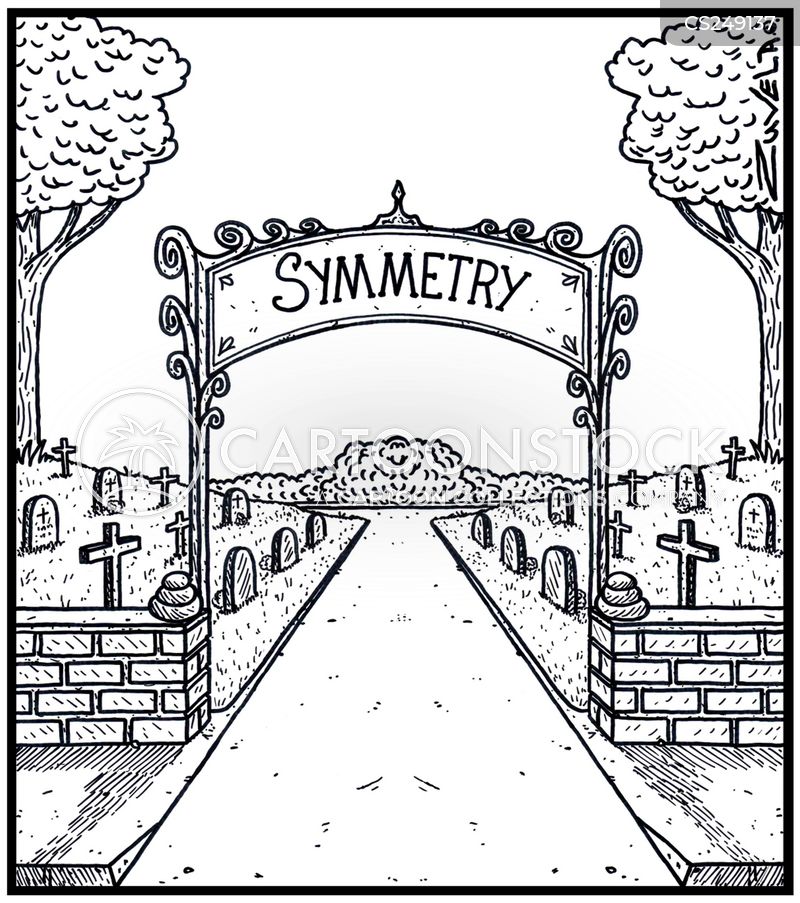
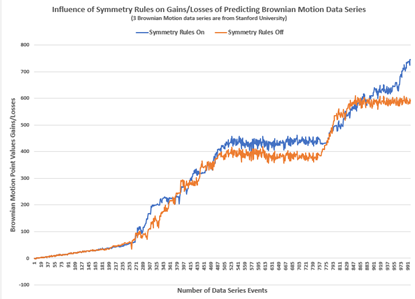
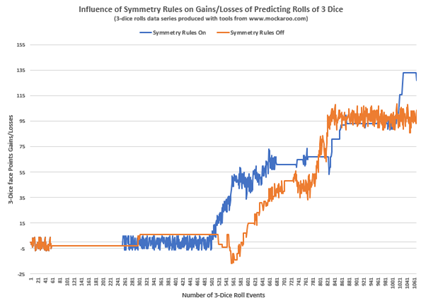
The blue and orange lines show the results of IntualityAI predicting performance of these randomized data series. In both cases, IntualityAI successfully predicted results of these series over thousands of sequential events. In addition however, turning on the asymmetry discount function created additional positive performance. Raw data collected from our real world has embedded asymmetry - a reflection of human behavior.
by Grant Renier, engineering, mathematics, behavioral science, economics
This content is not for publication
©Intuality Inc 2022-2024 ALL RIGHTS RESERVED
